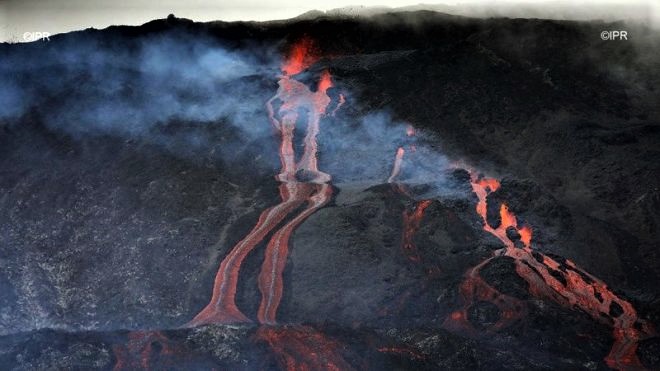March 03 , 2019. EN. La Réunion : Piton de la Fournaise , Indonesia : Dukono , Chile : Copahue / Nevados de Chillan , Guatemala : Pacaya .
March 03 , 2019. La Réunion , Piton de la Fournaise : Activity Bulletin from Saturday, March 2, 2019 to 12:00 (local time). The eruptive activity that resumed…

